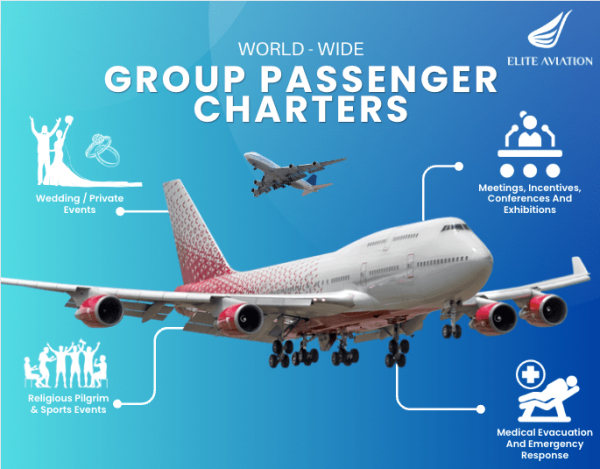The United Kingdom has been one of Europe’s worst-affected nations during the ongoing coronavirus pandemic. As such, quarantine restrictions concerning inbound travelers from ‘high-risk’ territories have been in place for several months. However, an increasing number of airlines and airports are looking towards testing-based models to offer passengers more freedom. But is it time to implement such a plan in the UK?

Changes to legislature in New York
The United Kingdom is far from the only country to be imposing quarantine restrictions on inbound travelers. However, these can also vary within a country, particularly federal nations where such regulations are governed at state level. New York state is an interesting example of this. Boasting one of the lower rates of infection in the USA, the state aimed to retain this in July by imposing quarantine restrictions on inbound travelers from 22 US states.
However, earlier this month, the picture began to change. As of November 4th, out-of-state travelers (defined by having been out of New York for over 24 hours) can ‘test out’ of the previously enforced quarantine period. They can do this by producing evidence of a negative coronavirus test taken up to three days beforehand. They must still quarantine for three days, but they can avoid the remaining quarantine period, providing they test negative again on the fourth. But could we ever see such a model implemented in the UK?

An ever-changing exemption list
Among the greatest frustrations with the British government’s quarantine legislation are the short-term changes to its exemption list. This can make it difficult for passengers to plan trips with certainty (which, as someone with a partner living abroad, I can certainly relate to!). Sweden and Germany became the most recent countries to be removed earlier this week. However, with England currently under a month-long lockdown, there isn’t much scope for travel in the short-term anyhow.
Perhaps even more frustrating is when passengers travel to what is considered a safe territory, only for quarantine restrictions to be imposed at short-notice during their stay. This can prompt a stressful and potentially costly rush to get home before they come into place to avoid quarantining.

Increasing prevalence of testing models
Several airlines have begun trialing ‘COVID-free’ flights on certain routes in an attempt to alter quarantine trends. These have included Alitalia and, more recently, Austrian Airlines. In such programs, all booked, non-exempt passengers take pre-flight tests, to ensure that no-one onboard is carrying (and potentially spreading) the virus. Regarding such plans, Austrian COO Jens Ritter states that:
“The objective is to make quarantine obligations obsolete in the medium term on the basis of a sophisticated testing strategy.”

As far as the UK is concerned, United will also soon launch such a program on British soil. As Simple Flying reported last month, the American legacy carrier will trial COVID-free services on certain flights between London and New York, beginning November 16th. But is the UK likely to see a wider implementation of such a program?
Conclusion
While a useful alternative to quarantine, testing models are also not without their flaws. Last month, Simple Flying reported that over 2,000 arriving passengers in Lisbon, Portugal had refused to take a test. Given some of the British population’s reluctance to follow coronavirus restrictions, this could prove difficult to enforce on a wider scale.

Ultimately, the question is not whether the UK should move away from quarantine and towards a testing-based model, but whether it can. The country has had difficulty setting up its ‘test and trace’ system, so, in conclusion, one might imagine that widespread pre-flight testing in favor of quarantine is unlikely in the short-term.
[ad_2]
Source link

